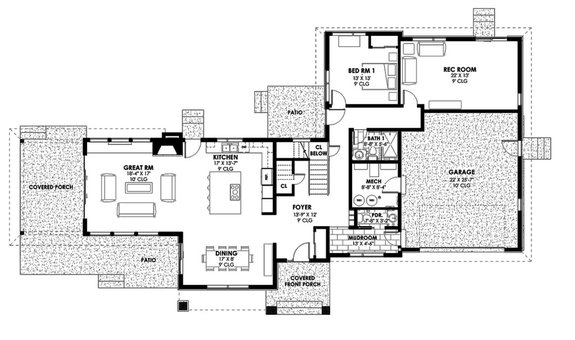Deciphering the Blueprint: A Guide to Understanding Floor Plans and Selling Your Vision
As an interior design expert and architect, I’ve spent years deciphering the intricate language of floor plans. These blueprints, often a source of confusion for the uninitiated, hold the key to unlocking a space’s potential. But beyond their practical purpose, they also offer a powerful tool for communicating your vision and captivating your clients.
Understanding the Language of Floor Plans: A Primer for the Uninitiated
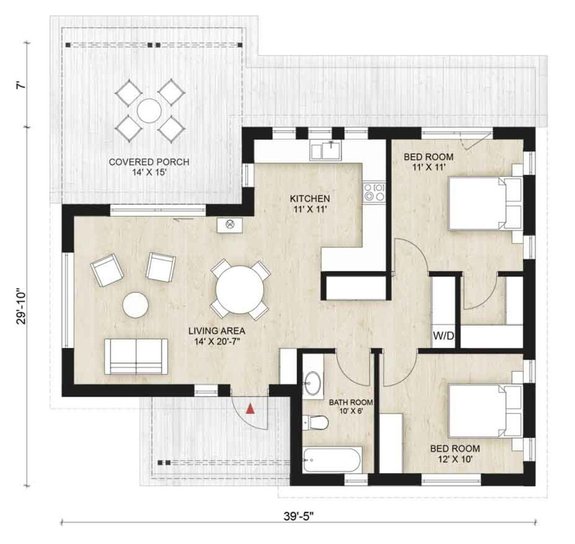
Before we delve into the art of selling your vision, let’s first understand the fundamental elements of a floor plan:
1. Lines and Symbols:
- Walls: Solid lines represent interior and exterior walls.
- Doors: Doors are typically represented by a rectangle with a slight curve at the bottom.
- Windows: Windows are depicted as rectangles with a series of short lines representing glass panes.
- Furniture: Furniture is often represented by simple shapes, like squares for beds, circles for tables, or rectangles for sofas.
- Dimensions: Numbers alongside lines indicate the length or width of walls, rooms, or furniture.
- Notes: Additional information, such as material types, finishes, or special features, is often included in notes.


2. Scale:
- Understanding the Scale: Floor plans are always drawn to scale, meaning that every inch on the plan represents a specific distance in reality. The scale is typically indicated on the plan itself, for example, "1/4" = 1’0". This means that every 1/4 inch on the plan equals 1 foot in real life.

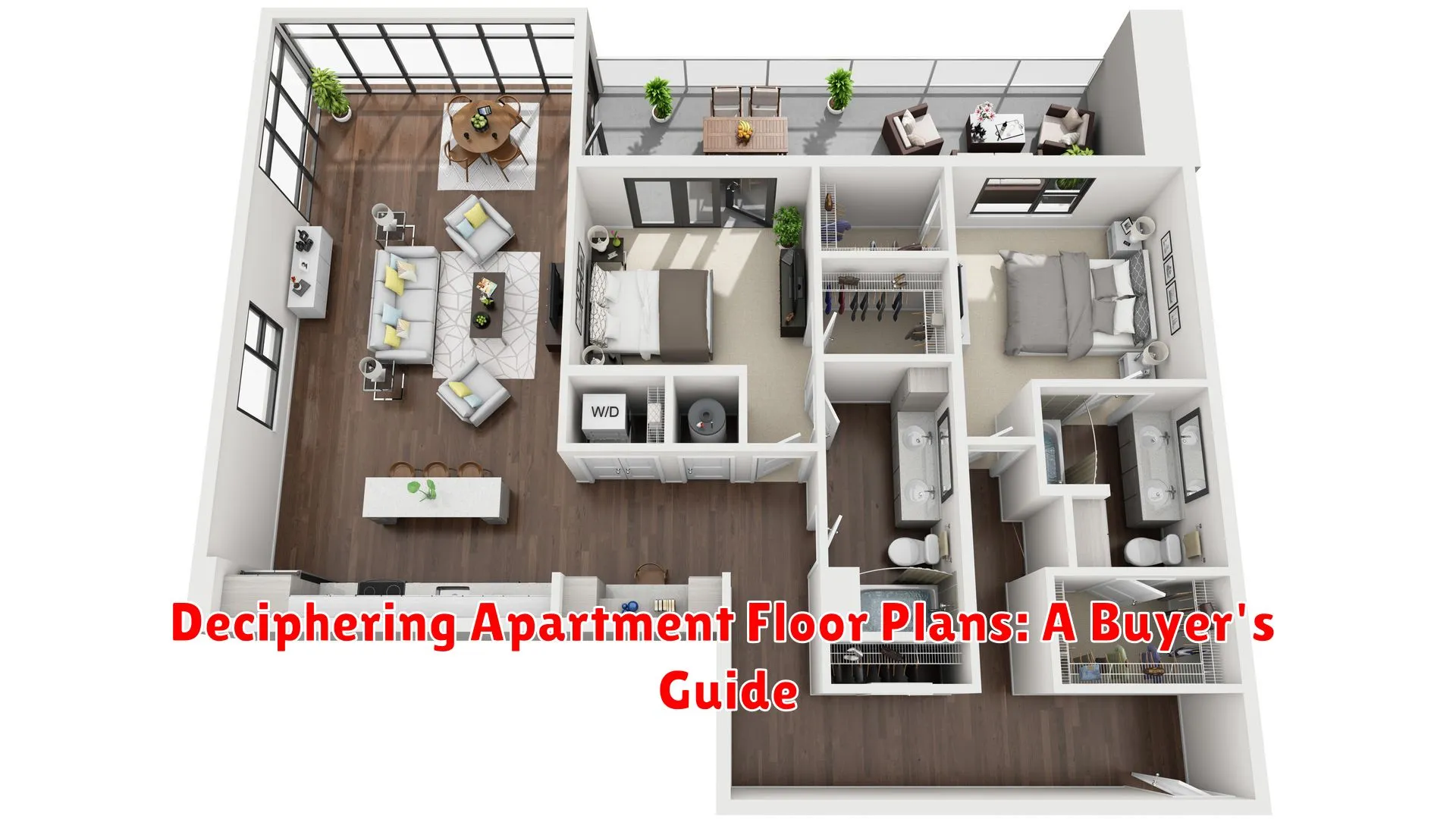
3. North Arrow:

- Orientation: The North Arrow indicates the direction of north on the plan, which helps you understand the orientation of the space and the flow of natural light.
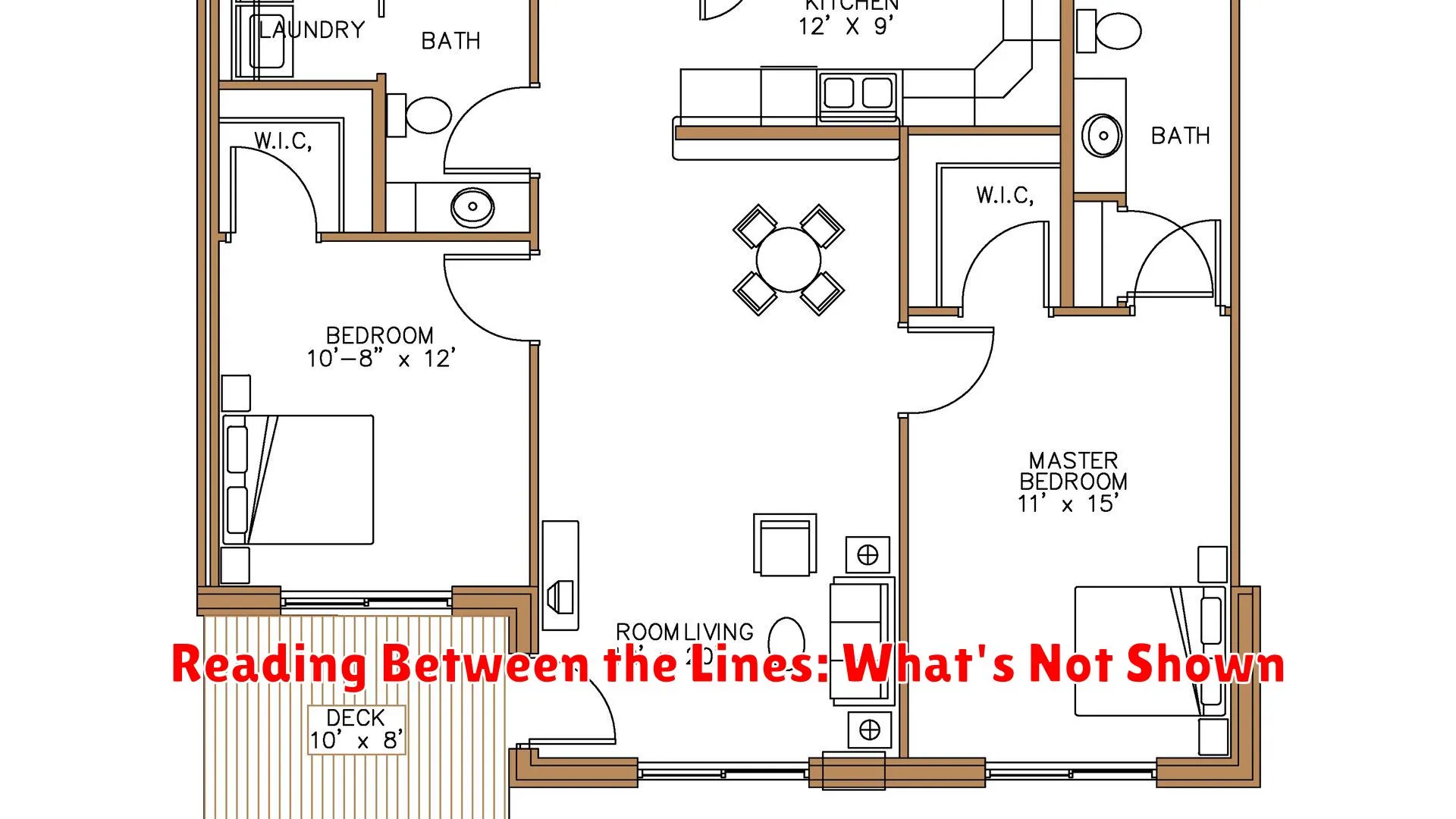
4. Key:
- Legend: A key or legend explains the meaning of different symbols used on the plan, ensuring clarity and consistency.

Mastering the Art of Selling Your Vision: From Blueprint to Breakthrough

Now that we’ve established the basic vocabulary of floor plans, let’s explore how to use this knowledge to effectively communicate the features and benefits of your product or service to your ideal customers.
1. The Power of Visualization:
- Bridging the Gap: Floor plans can be abstract for many people. Your ability to translate the lines and symbols into a tangible vision is key. Use 3D renderings, virtual tours, or even simple sketches to bring the plan to life.
- Emotional Connection: When your clients can visualize themselves in the space, they’re more likely to connect with your ideas and understand the value you offer.
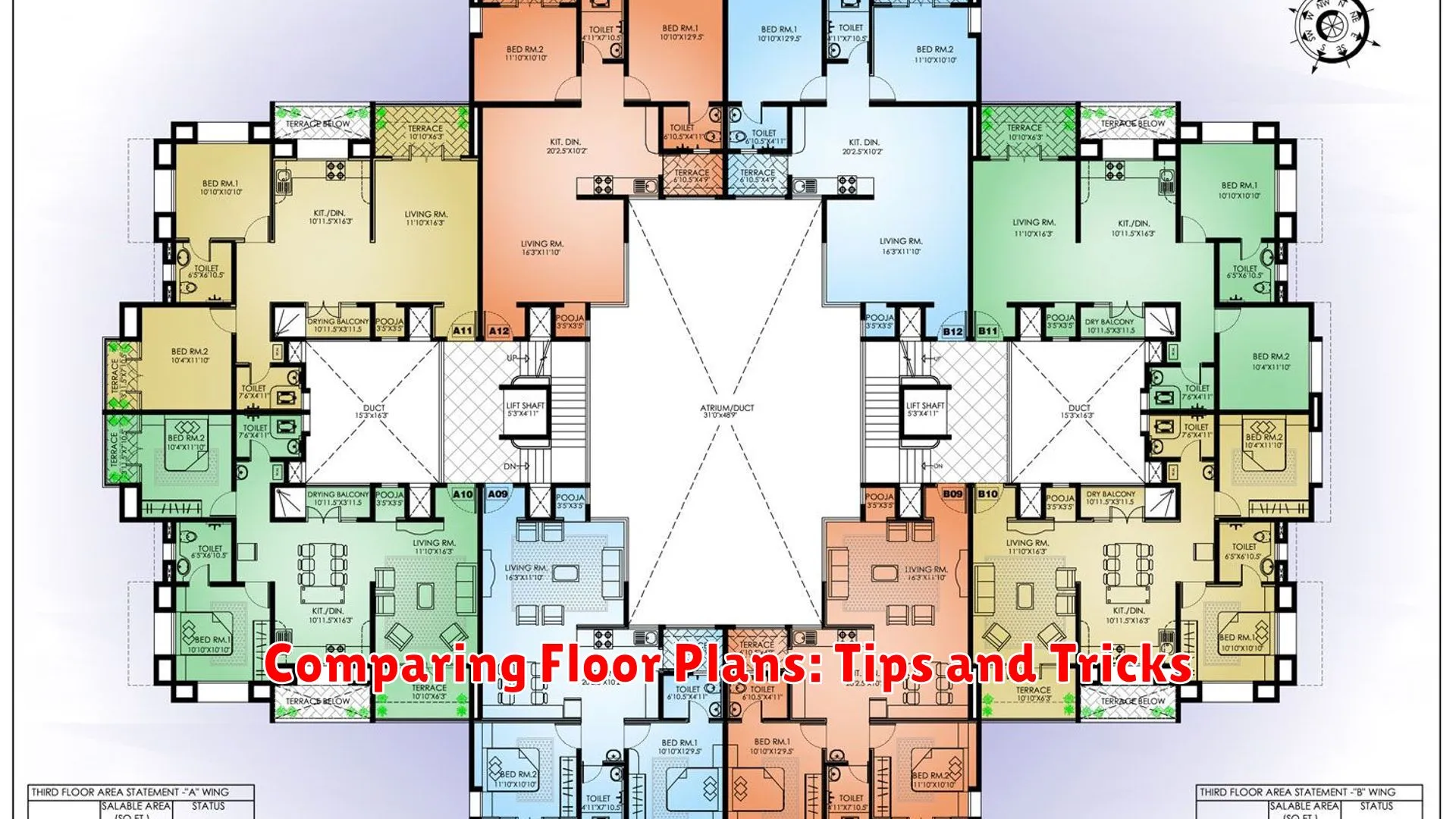
2. Highlighting Key Features:
- Focus on the Benefits: Don’t just list features; connect them to the benefits they offer. For example, instead of saying "This plan features a large kitchen," say, "This plan provides a spacious kitchen perfect for entertaining guests and creating culinary masterpieces."
- Address Pain Points: Identify common pain points for your target audience and show how your solution addresses them. For example, if your clients are concerned about storage space, highlight the built-in storage solutions in your design.
3. Tailoring Your Approach:
- Know Your Audience: Different clients have different needs and priorities. A young family will prioritize open spaces for play, while a retired couple might prefer a cozy and comfortable living area.
- Personalize the Experience: Tailor your communication to each client’s specific needs and desires. Use their language, address their concerns, and highlight the features that resonate most with them.
4. The Art of Storytelling:
- Engage the Imagination: Don’t just present facts; weave a narrative around your design. Tell the story of how the space will be used, how it will enhance their lives, and how it will reflect their personality.
- Use Visual Aids: Photos, videos, and mood boards can bring your story to life and create a more immersive experience.
5. Building Trust and Credibility:
- Showcase Expertise: Demonstrate your knowledge of floor plans and your ability to translate them into practical and aesthetically pleasing solutions.
- Offer Professional Advice: Provide valuable insights and recommendations based on your experience. Help clients understand the options available to them and guide them towards the best choices for their needs.
- Transparency and Communication: Be open and honest about your process, your fees, and any potential challenges.
Example: Selling a Kitchen Remodel
Let’s imagine you’re a kitchen designer selling a remodel to a young couple with a passion for cooking.
Instead of saying:
"This plan features a large island with plenty of counter space and storage."
You could say:
"Imagine gathering around this spacious island, preparing delicious meals together while sharing stories and laughter. The ample counter space and storage will make cooking a joy, while the open layout encourages connection and conversation."
You could also highlight:
- The benefits of the open layout: "The open layout seamlessly connects the kitchen to the dining area, creating a perfect flow for entertaining guests and hosting dinner parties."
- The practicality of the design: "The strategically placed cabinets and drawers offer ample storage for all your culinary essentials, keeping your kitchen organized and clutter-free."
- The aesthetic appeal of the design: "The modern finishes and sleek lines create a stylish and inviting space that reflects your love for cooking and your desire for a beautiful and functional kitchen."
By understanding the language of floor plans and using it to tell a compelling story, you can effectively communicate the value of your product or service and guide your clients towards making an informed purchasing decision.
Remember, a floor plan is more than just a blueprint; it’s a canvas for creating a vision, a tool for building relationships, and a key to unlocking the potential of any space.
